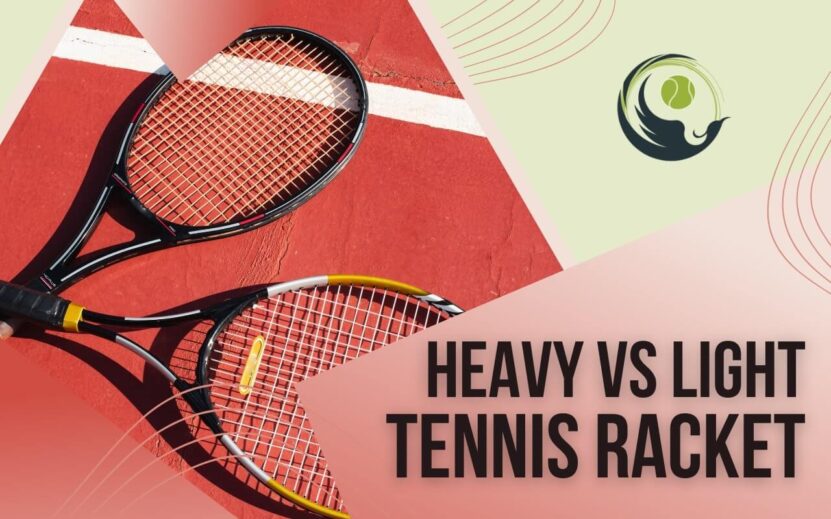When it comes to tennis equipment, choosing the right racket is crucial. A good racket can help you improve your game, while a bad one can hinder your progress. Among the many factors that determine the quality of this piece of equipment, weight is one of the most important. In this article, we will explore the differences between heavy and light tennis rackets and help you choose the one that is right for your game.
Introduction
Tennis rackets come in different shapes, sizes, and weights. One of the most important factors to consider when choosing the proper one is its weight.
A heavy unit can provide more power and stability, while a lighter one can offer more speed and maneuverability. In the sections below, we will explore the pros and cons of both types and help you make an informed decision.
Heavy Tennis Racket
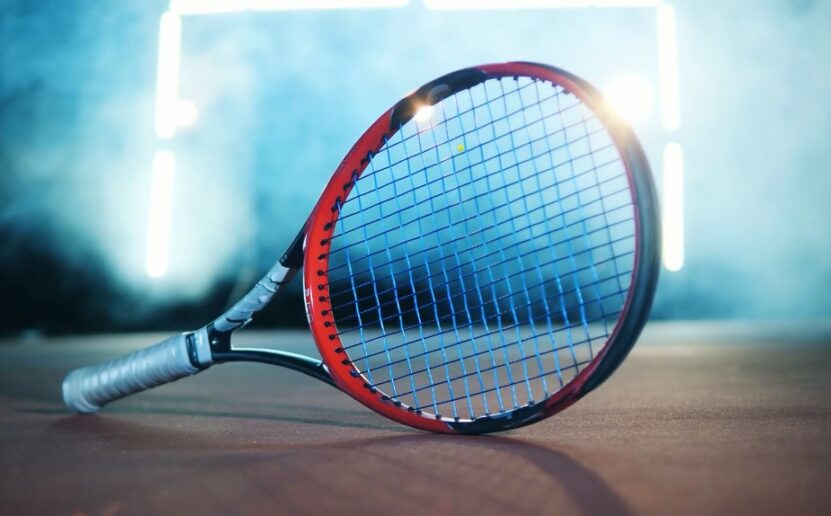
Heavy tennis rackets have long been the preferred choice of many professional and advanced players. They are designed to provide maximum power and stability on every shot, allowing players to hit with more pace and depth.
Heavy rackets typically weigh between 11 and 14 ounces and feature larger head sizes that offer a larger sweet spot and more forgiving contact. They also offer better shock absorption, which reduces the risk of injury and fatigue during long matches or training sessions.
One of the key advantages of heavy tennis rackets is their ability to generate power effortlessly. The extra weight of these rackets enables players to hit with more force and momentum, even on shots that require a longer swing or a heavier topspin.
They also offer superior stability and balance, which allows players to maintain their form and technique throughout the match. However, they may require more strength and endurance to wield, especially for players who have a slower swing speed or suffer from arm or shoulder injuries.
When it is all said and done, it is safe to say that heavy tennis rackets are a powerful and reliable choice for players who prioritize power, stability, and consistency on the court.
Advantages
- More Power: They can generate more power on contact, making it easier to hit winners and put away volleys.
- Stability: Heavy rackets provide more stability and control, making it easier to hit accurate shots and keep the ball in play.
- Larger Sweet Spot: They have larger head sizes, which offer a larger sweet spot, making it easier to hit shots with power and accuracy.
- Reduced Vibration: Heavy rackets offer better shock absorption, reducing the impact on your arm and wrist.
Disadvantages
- Less Maneuverability: Heavy rackets can be difficult to maneuver, making it harder to hit shots on the run or react to fast serves.
- More Tiring: These rackets require more effort to swing, which can be tiring over a long match.
- More Difficult to Use: They require a strong swing and good technique, making them more difficult to use for beginners or players with weaker swings.
Light Tennis Racket
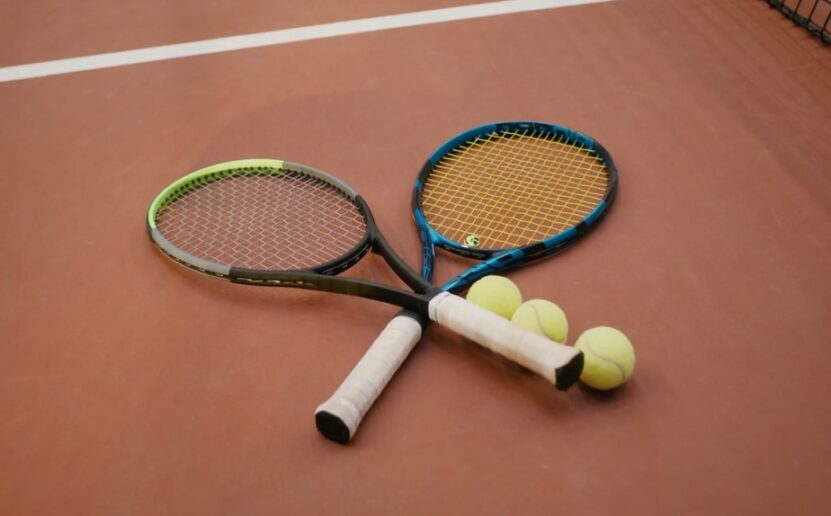
Light tennis rackets are generally favored by players who value agility and speed on the court. They are ideal for anyone who prefers a fast-paced game and has a natural swing speed that allows them to generate power without the need for additional weight.
Light rackets are also an excellent option for players who suffer from arm or shoulder injuries and need a more forgiving racket that puts less strain on their joints.
One of the key benefits of light tennis rackets is their maneuverability. Due to their reduced weight, these rackets are easier to swing and adjust during rallies, making them suitable for players who like to mix up their shots and create different angles.
These units also offer more control and precision than heavier models, as they allow players to place the ball with greater accuracy and finesse. However, they may require more effort to generate power and depth, especially on shots that require a longer swing or a heavier topspin.
Advantages
- More Maneuverability: They are easy to maneuver, making it easier to hit shots on the run or react to fast serves.
- More Speed: Light rackets are easier to swing, which allows you to generate more racket head speed, giving you more power and spin on your shots.
- More Control: These rackets come with smaller head sizes, which offer more control and precision, making it easier to hit accurate shots.
Disadvantages
- Less Power: Light rackets generate less power on contact, making it harder to hit winners and put away volleys.
- Less Stability: They offer less stability and control, making it harder to hit accurate shots and keep the ball in play.
Factors to Consider When Choosing between Heavy and Light Tennis Rackets
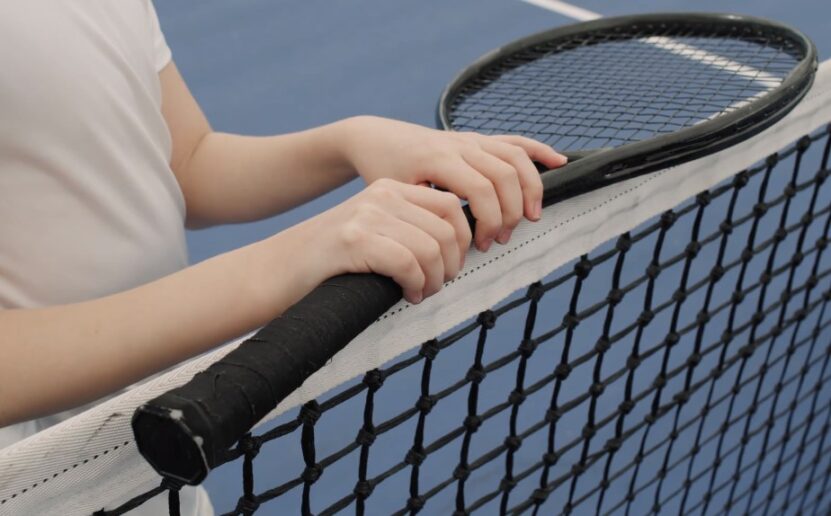
Ultimately, the choice between a heavy or light tennis racket depends on your playing style, skill level, and physical condition. Here are some factors to consider when making your decision:
1. Playing Style
If you play a baseline game and rely on power shots, a heavy racket may be the better choice. Conversely, if you play a more defensive game and rely on speed and maneuverability, a light racket may be more suitable.
2. Skill Level
If you are a beginner or intermediate player, a lighter racket may be easier to handle and less tiring to use. However, as you progress in skill level and physical condition, you may want to consider transitioning to a heavier racket to gain more power and control.
3. Physical Condition
If you have weak arm or wrist strength or suffer from injuries, a lighter racket may be the safer and more comfortable choice. However, if you have the strength and conditioning to handle a heavier racket, you may benefit from the additional power and stability.
4. Court Surface
The court surface you play on can also affect your choice of racket weight. For example, if you play on a fast court, a heavier racket may help you generate more power and momentum. Conversely, on a slow court, a lighter racket may help you maneuver more easily.
Frequently Asked Questions
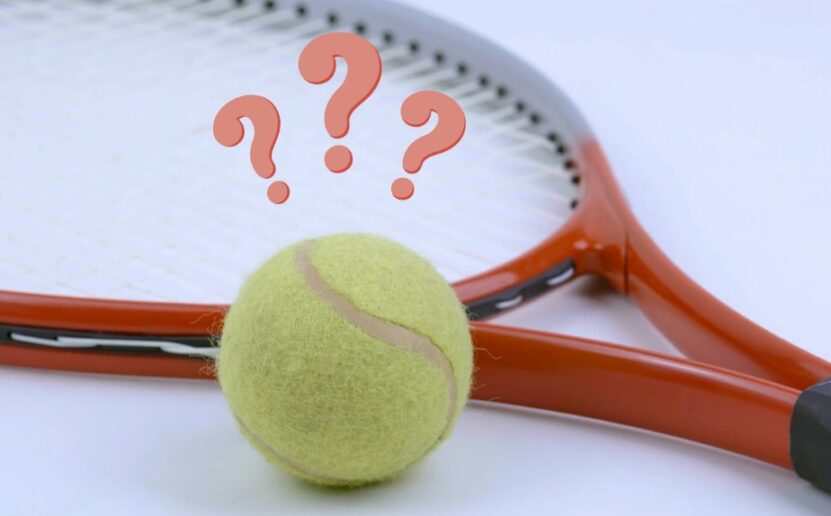
1. How do I know if a racket is too heavy for me?
A racket may be too heavy for you if you feel fatigued or lose control during matches or if you experience pain or discomfort in your arm or shoulder. You can try different weights and balance points to find the right racket for your level and style of play.
2. Can a heavy racket improve my serve?
Yes, a heavy racket can help you generate more power and control on your serve, especially if you have a strong arm and use a continental grip. However, you should also work on your technique and footwork to maximize your serve effectiveness.
3. Is it better to use a heavy or light tennis racket?
It depends on your playing style and preferences. Heavy rackets provide more power and stability, but they require more effort to swing. Light rackets are easier to maneuver and can help you generate more spin and speed, but they may lack control and stability.
4. Are light rackets more suitable for beginners?
Light rackets can be more forgiving and easier to handle for beginners who are still developing their strokes and coordination. However, they may also promote bad habits and limit your potential in the long run. It’s important to find a racket that balances comfort, control, and performance for your level and goals.
5. Can I use a hybrid of heavy and light rackets?
Yes, you can customize your racket setup by combining different weights, strings, grips, and dampeners to suit your needs and preferences. For example, you can use a heavy racket for your groundstrokes and a light racket for your volleys, or vice versa. Just make sure you experiment and practice with your new setup before using it in matches.
Closing Thoughts
Choosing the right tennis racket is crucial for players of all levels and styles. The decision between a heavy and a light one ultimately comes down to personal preference and individual playing style.
While a light racket offers more maneuverability and control, a heavy one provides more power and stability on every shot. Players should consider factors such as their swing speed, physical condition, and playing goals when selecting a tennis racket that fits their needs.
Furthermore, it is important to remember that a tennis racket is just one of many factors that contribute to a successful game. Consistent practice, proper technique, and mental focus are also essential components of a winning strategy.
Ultimately, whether you choose a heavy or light racket, the key to success is to find the one that complements your playing style and helps you achieve your goals on the court. By making an informed decision and putting in the hard work, any player can improve their game and take their tennis skills to the next level.
We recently published an article about tennis net height that you should check out if you want to find out more about the universal rules of the game.

